In the annals of aviation history, there are names that shine bright as beacons of inspiration and accomplishment. One such name is Elinor Smith. Often dubbed as the “Flying Flapper of Freeport,” Smith’s journey through the skies transcended boundaries, shattered stereotypes, and left an indelible mark on the aviation world. In this blog post, we delve into the life, achievements, and enduring legacy of this remarkable pioneer.
Elinor Smith her Early Life and Passion for Aviation
Elinor Smith’s fascination with flight began at an early age. Born in 1911 in New York City, she grew up in an era where aviation was still in its infancy. Fascinated by the daredevil pilots of her time, Smith was determined to take to the skies herself. At just six years old, she experienced her first airplane ride, igniting a passion that would define her life. At age 10 she began receiving flying lessons from Clyde Pangborn who tied blocks to the rudder pedals so Elinor’s feet could reach. She received further lessons from Frederick Melvin Lund, who piloted her father around the country on the vaudeville circuit and was teaching him to fly as well, and from Bert Acosta. Her father bought a Waco 9 and hired “Red” Devereaux as a pilot and flight instructor for both of them. However, during that time her father directed the instructors to not let her take off or land, because he was concerned for her safety. This prohibition was finally lifted by her mother while her father was out of town, and after ten days of intense instruction from Russ Holderman, she soloed for the first time at age 16. She began taking her father’s Waco 9 up to higher altitudes than anyone had ever taken such a plane. Smith’s journey into aviation wasn’t without its challenges. In an era dominated by male aviators, she faced skepticism and discrimination. However, undeterred by societal norms, she pursued her dreams with unwavering determination. At the age of 16, she earned her pilot’s license, becoming the youngest licensed pilot in the United States at the time.
Record-Breaking Flights of Elinor Smith
Throughout her career, Smith set numerous aviation records, showcasing her unparalleled skill and daring. In 1928, at the age of just 17, she gained international fame by becoming the youngest pilot to fly solo. On January 30, flying an open cockpit Bruner Winkle biplane on a day when the temperature was 0 °F (−18 °C), Smith set a women’s solo endurance record of 13½ hours. Her plan was to fly through the night and land in daylight: unbeknownst to those around her, although she had often landed at dusk she had never done a true night landing before. However, the effect of the cold on both her body and that of her aircraft forced her down early. By her own account, she managed to land with a heavy remaining load of fuel only due to the good fortune of being able to follow in Jimmy Doolittle, who had seen her fire her flare pistol. No one on the ground had seen the flare, so the runway lights had not been turned on. Upon landing she promised herself “never again to display this blend of incompetence and arrogance.” Her audacious flights, including endurance tests and altitude records, captured the imagination of people worldwide and solidified her status as a trailblazer in aviation history.
Landmark Achievements, her Legacy, and Influence on Aviation
In Smith’s list of achievements is as impressive as it is extensive. From setting speed records to pioneering new flight techniques, she continually pushed the boundaries of what was thought possible in aviation. One of her most notable feats was her successful navigation of New York City’s dangerous Hell Gate Bridge—a daring maneuver that earned her widespread acclaim and cemented her status as a fearless aviator. A request for Elinor’s autograph accompanied the Department’s letter of reprimand. Tom D. Crouch writes that she had her license suspended for 15 days. In any case, the stunt and her devil-may-care attitude made her a celebrity and helped to win her the “Flying Flapper” nickname. In March 1930 she added almost 1 mile (1.6 km) to the world altitude record, flying to a height of 27,419 feet (8,357 m). Her articulate performance in an NBC broadcast interview after that flight won her a position as a broadcaster covering the world of aviation, including live broadcasts from air shows and interviews with other prominent aviators. In May 1930, still before her 19th birthday, she became the youngest pilot ever granted a Transport License by the U.S. Department of Commerce. In October 1930 a poll of licensed pilots selected her as the “Best Woman Pilot in America”. Elinor Smith’s impact on aviation extends far beyond her record-breaking flights. As a role model for aspiring pilots, particularly women, she inspired generations to pursue their dreams fearlessly. Her legacy lives on in the countless individuals she inspired to reach for the skies, regardless of gender or background. Today, her name stands as a testament to the power of perseverance, passion, and determination.
Wrapping It Up
In the storied history of aviation, few figures shine as brightly as Elinor Smith. Her courage, skill, and relentless pursuit of excellence paved the way for future generations of aviators, leaving an enduring legacy that continues to inspire to this day. As we reflect on her remarkable achievements, let us remember the Flying Flapper of Freeport as a true pioneer whose spirit of adventure and determination knew no bounds. That’s a wrap, until next week, remember to Be Social, Fly Private!


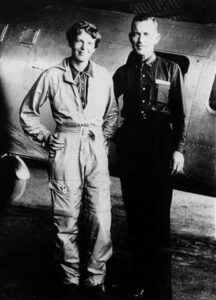
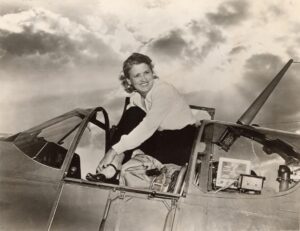
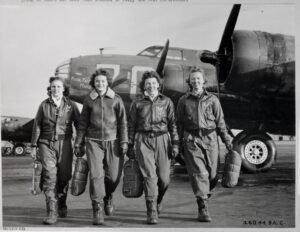
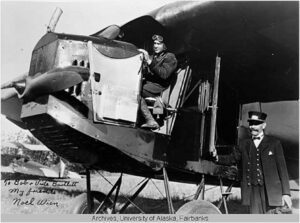
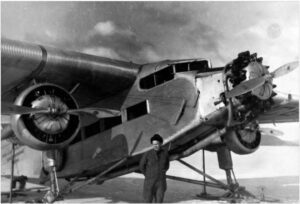
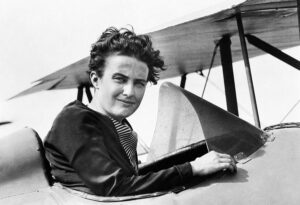 The name Helen Richey stands as a testament to courage, perseverance, and the indomitable spirit of women in the early days of flight. Despite the numerous obstacles she faced, Helen Richey not only became a famous female aviator but also paved the way for countless women to follow in her footsteps. In this blog post, we will delve into the inspiring life and accomplishments of Helen Richey, a trailblazer in the world of aviation.
The name Helen Richey stands as a testament to courage, perseverance, and the indomitable spirit of women in the early days of flight. Despite the numerous obstacles she faced, Helen Richey not only became a famous female aviator but also paved the way for countless women to follow in her footsteps. In this blog post, we will delve into the inspiring life and accomplishments of Helen Richey, a trailblazer in the world of aviation.

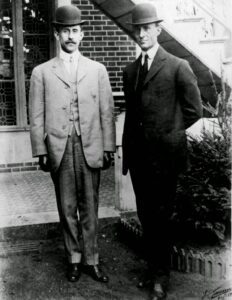
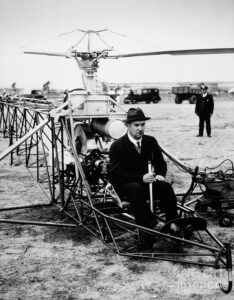
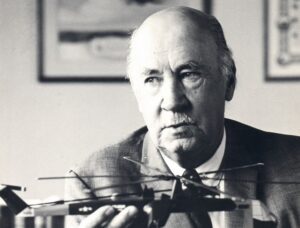 his groundbreaking work on helicopters. Sikorsky recognized the potential of vertical flight and dedicated himself to solving the complex challenges associated with it.
his groundbreaking work on helicopters. Sikorsky recognized the potential of vertical flight and dedicated himself to solving the complex challenges associated with it.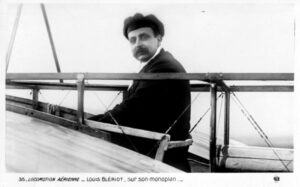
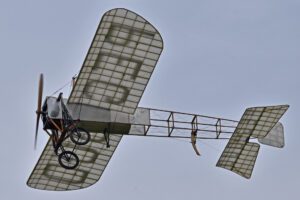 Bleriot’s Early Experiments
Bleriot’s Early Experiments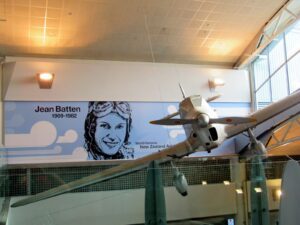
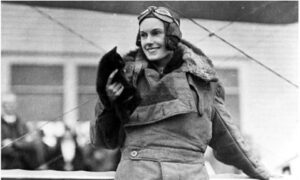

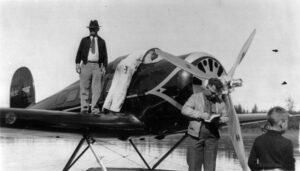 Contributions to Aviation:
Contributions to Aviation: